Ever wondered what makes Africa’s heart beat? Hint: it’s not just the lions or the elephants. Today, we’re diving deep into the world of the continent’s most stunning inhabitants—the antelopes of Africa.
These creatures aren’t just about speed and agility; they’re a showcase of evolution’s artistry. Let’s take a walk through the savannas, deserts, and forests to meet the top 20 antelopes that make Africa the wildlife epicenter of the world.
1. The Graceful Impala
Picture this: a sleek, tan figure, leaping through the air with the elegance of a ballet dancer. That’s your Impala, folks! The impala is the poster child of African antelopes, known for its graceful build and incredible ability to leap distances over 10 meters.
They’re like the athletes of the savannah, always on their toes (or hooves, in this case). Living in large herds, these guys have a social system that’s like watching a high school drama unfold. Males have these impressive, lyre-shaped horns that they use to duke it out for dominance and, of course, to impress the ladies.
If you’re looking to catch these beauties in action, your best bet is the grasslands and woodlands of Eastern and Southern Africa. Just keep your eyes peeled at dawn or dusk—that’s their favorite time to roam.
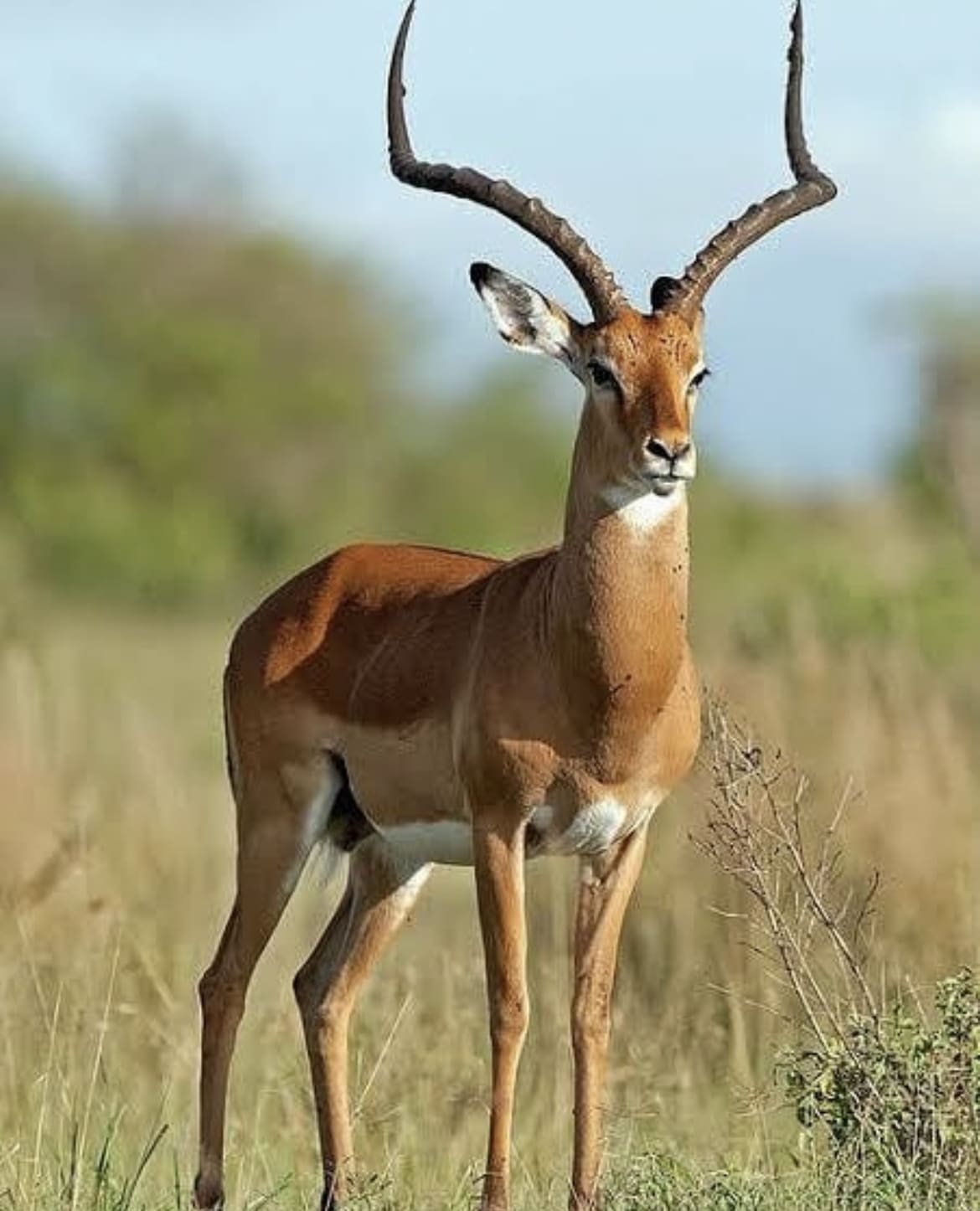
2. The Majestic Kudu
With their spiraling horns that could give any unicorn a run for its money. There are two types—the Lesser Kudu, which is like the mysterious, elusive type that prefers its solitude, and the Greater Kudu, which is more of the social butterfly. These creatures are truly majestic, with males sporting horns that can reach up to 1.2 meters in length. Imagine that!
Kudus are the introverts of the antelope world, preferring dense bushland where they can easily hide from predators (and maybe from social obligations, too). They’re not just about looks; these antelopes are skilled climbers and can navigate rocky terrain like pros. Fun fact: their horns are not just for show.
They use them in epic battles for dominance and, essentially, to woo their female counterparts. Catching a glimpse of these shy creatures in the wild is a treat, so if you’re ever near the woodlands of Eastern or Southern Africa, keep your eyes peeled.
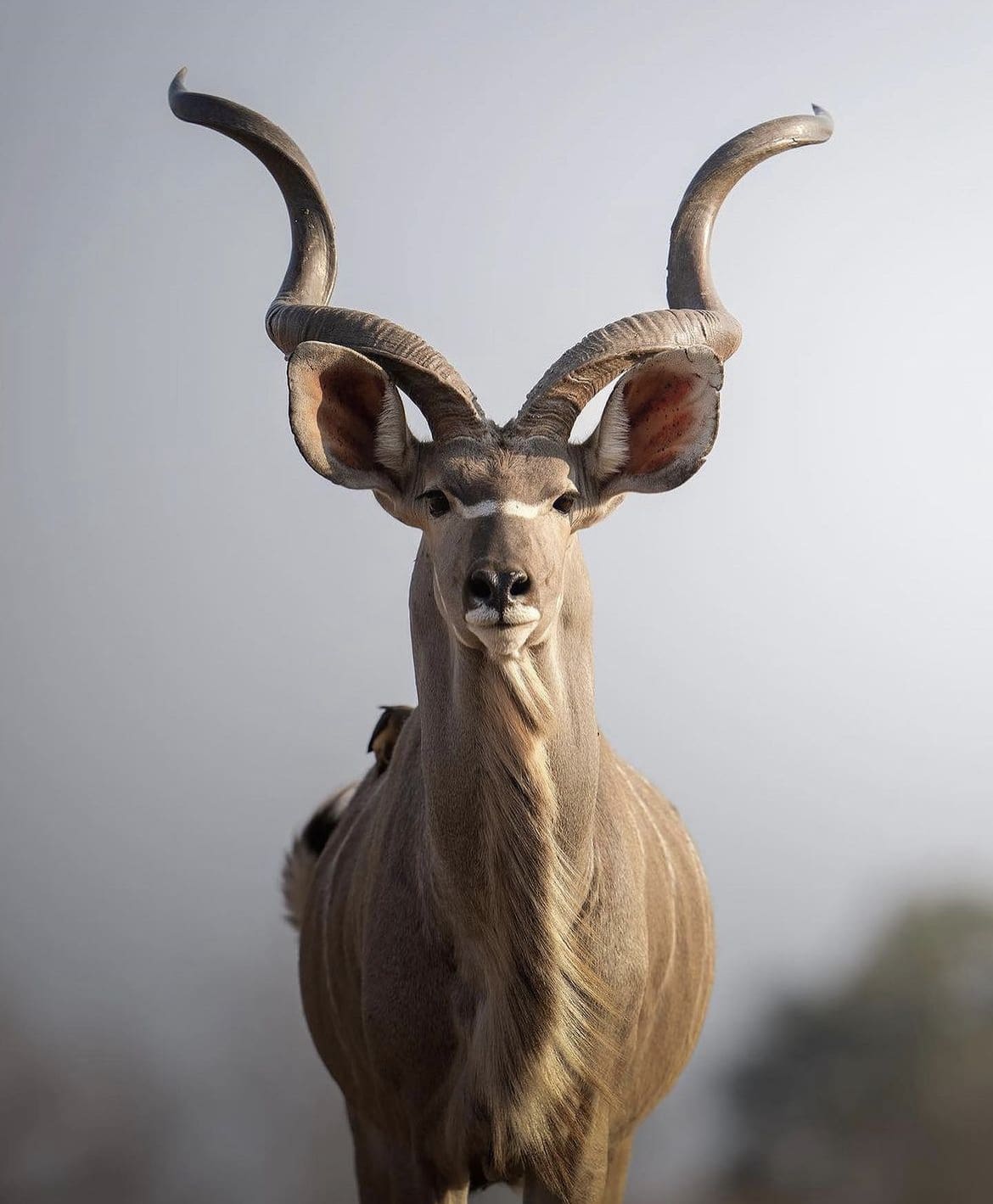
3. The Gigantic Eland
Moving on to the Eland, Africa’s heavyweight champion. These guys take the cake for being the largest antelope species on the continent. They’re basically the gentle giants of the antelope world, with males weighing up to a whopping 900 kilograms.
Despite their size, Elands are surprisingly nimble and can clear fences of 2 meters with ease. They’re like the high jumpers of the animal kingdom. Elands are not just about brawn; they’ve got brains too. They’re social creatures that form nomadic herds, wandering the savannas and woodlands in search of food. What’s cool about them is their adaptability; they can thrive in various habitats, from deserts to mountains.
Elands play a significant role in many African cultures, revered for their meat and milk, which is richer in protein and fat than cow’s milk. Seeing an Eland in the wild is an awe-inspiring sight, a reminder of the sheer scale and diversity of African wildlife.
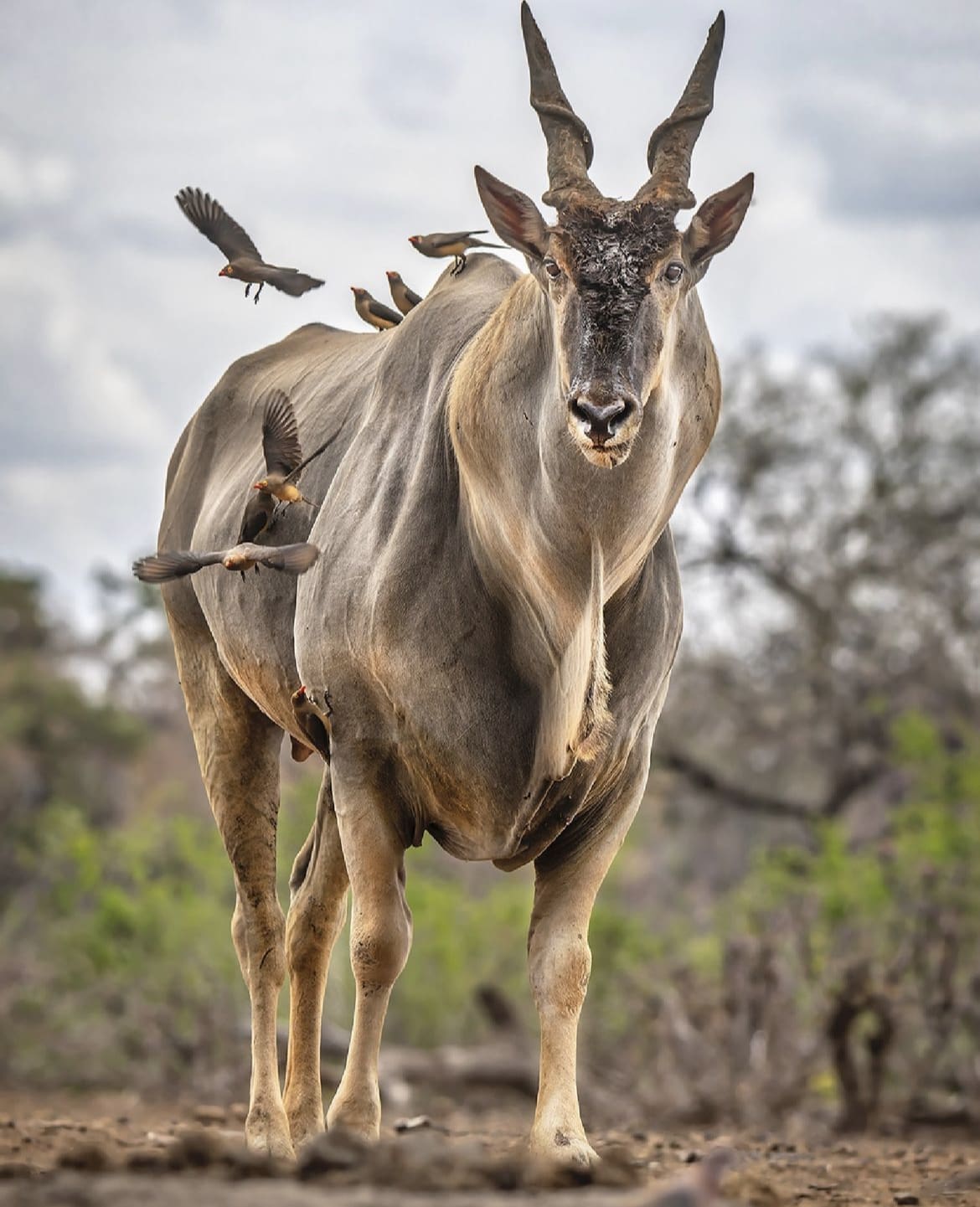
4. The Iconic Springbok
Ah, the Springbok—the national symbol of South Africa and arguably one of the most charismatic antelope species out there. These guys are not just about good looks; they’re famous for their astonishing “pronking” behavior.
Imagine seeing an antelope bounce across the plains like a pogo stick, leaping up to 2 meters in the air. That’s pronking, and it’s as fun to watch as it sounds. Springboks are the embodiment of resilience, thriving in the arid regions of the southern African savannah. They’ve got this unique ability to find water sources that are hidden beneath the surface, making them the ultimate survivors.
With their cinnamon-colored coat and distinctive black stripes, springboks are a sight to behold against the backdrop of Africa’s vast landscapes. Whether you’re witnessing their migrations or just a solitary pronk, springboks remind us of the joy and boundless energy of the wild.

5. The Regal Sable Antelope
These creatures are like the royalty of the antelope world, with their imposing horns and striking black-and-white coat. The males, in particular, are a sight to behold, with their jet-black coats that contrast beautifully against the savannah’s golden hues.
Sable Antelopes are fiercely protective of their territory and their herd, and those long, curved horns aren’t just for show—they’re a formidable weapon against predators. Found primarily in the woodlands and savannahs of East and Southern Africa, these antelopes prefer to graze in areas with plenty of cover.
Conservation efforts are crucial for the sable antelope, as their populations have faced challenges due to habitat loss and hunting. Spotting a sable antelope on a safari is a memorable experience, embodying the untamed beauty and strength of African wildlife.
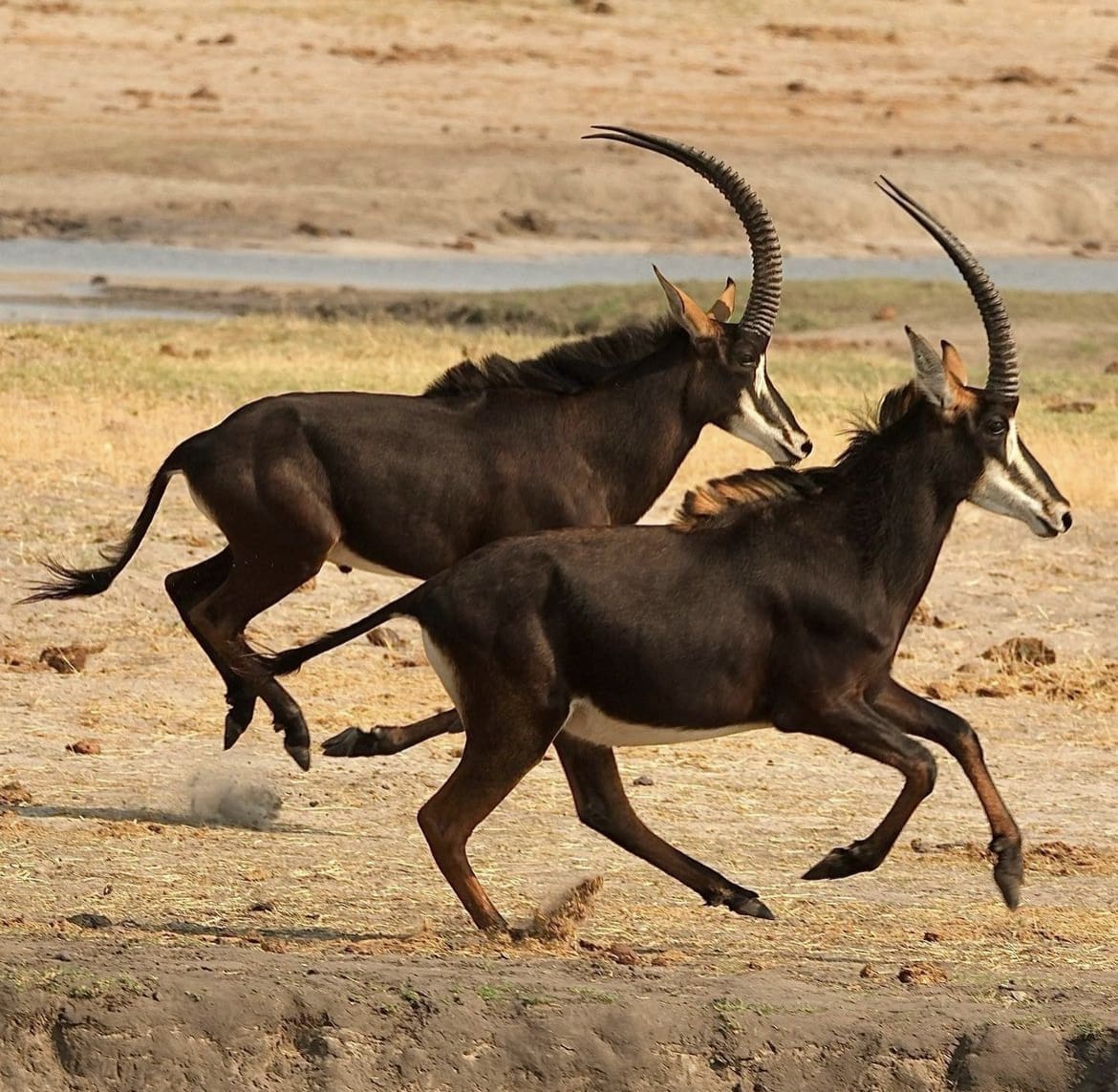
6. The Desert-Adapted Gemsbok (Oryx)
Enter the Gemsbok, or Oryx, the embodiment of the desert’s harsh beauty. These antelopes are built to survive in some of Africa’s most unforgiving landscapes, from the scorching sands of the Namib to the Kalahari.
With their striking black markings and long, straight horns, gemsboks look like warriors of the desert. They’re incredibly resilient, able to survive without water for weeks, getting moisture from the food they eat. Their social structure is fascinating, with herds led by a dominant female—a matriarchy in the truest sense.
Gemsboks are not just survivors; they’re symbols of endurance and adaptability, reminding us of the diverse habitats that Africa’s wildlife calls home. Seeing a gemsbok silhouette against a desert sunset is one of those iconic African sights that stay with you forever.
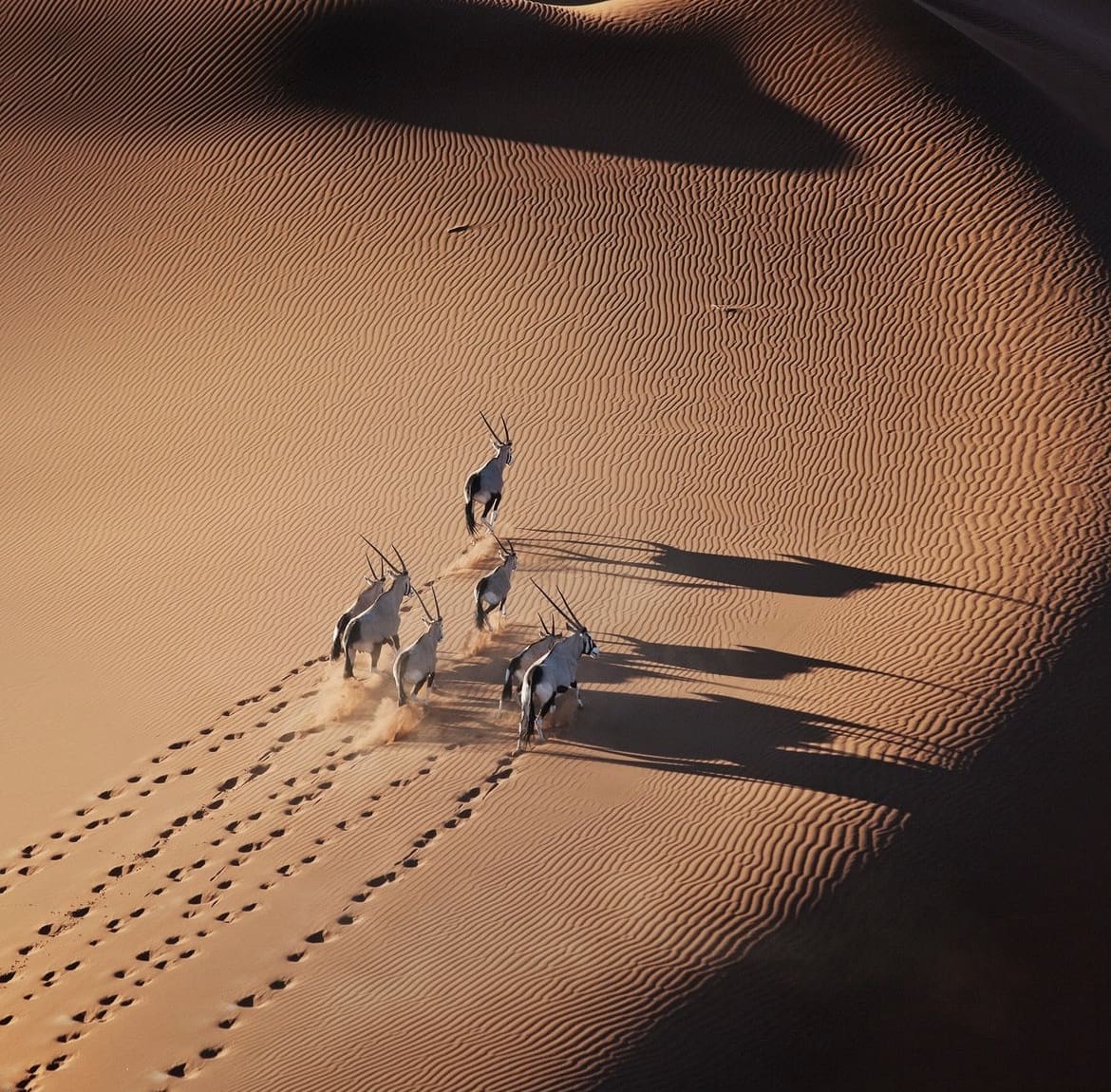
7. The Migratory Wildebeest (Gnu)
Ah, the Wildebeest, also known as the Gnu—a name as quirky as their personality. These guys are famous for their epic migrations across the Serengeti, a spectacle that draws visitors from around the globe.
Wildebeests are the ultimate team players, moving in vast herds to find fresh grazing grounds, all while navigating predators and treacherous river crossings. Their grunts and bellowing calls are the soundtrack of the African savannah, a constant reminder of the wild’s pulsing life. With their shaggy mane and beard, wildebeests might not win any beauty contests, but their tenacity and role in the ecosystem are unmatched.
They’re the glue that holds the savannah’s delicate balance, supporting predators and scavengers alike. Witnessing the wildebeest migration is a bucket-list experience, a testament to nature’s wonders and the cycle of life.
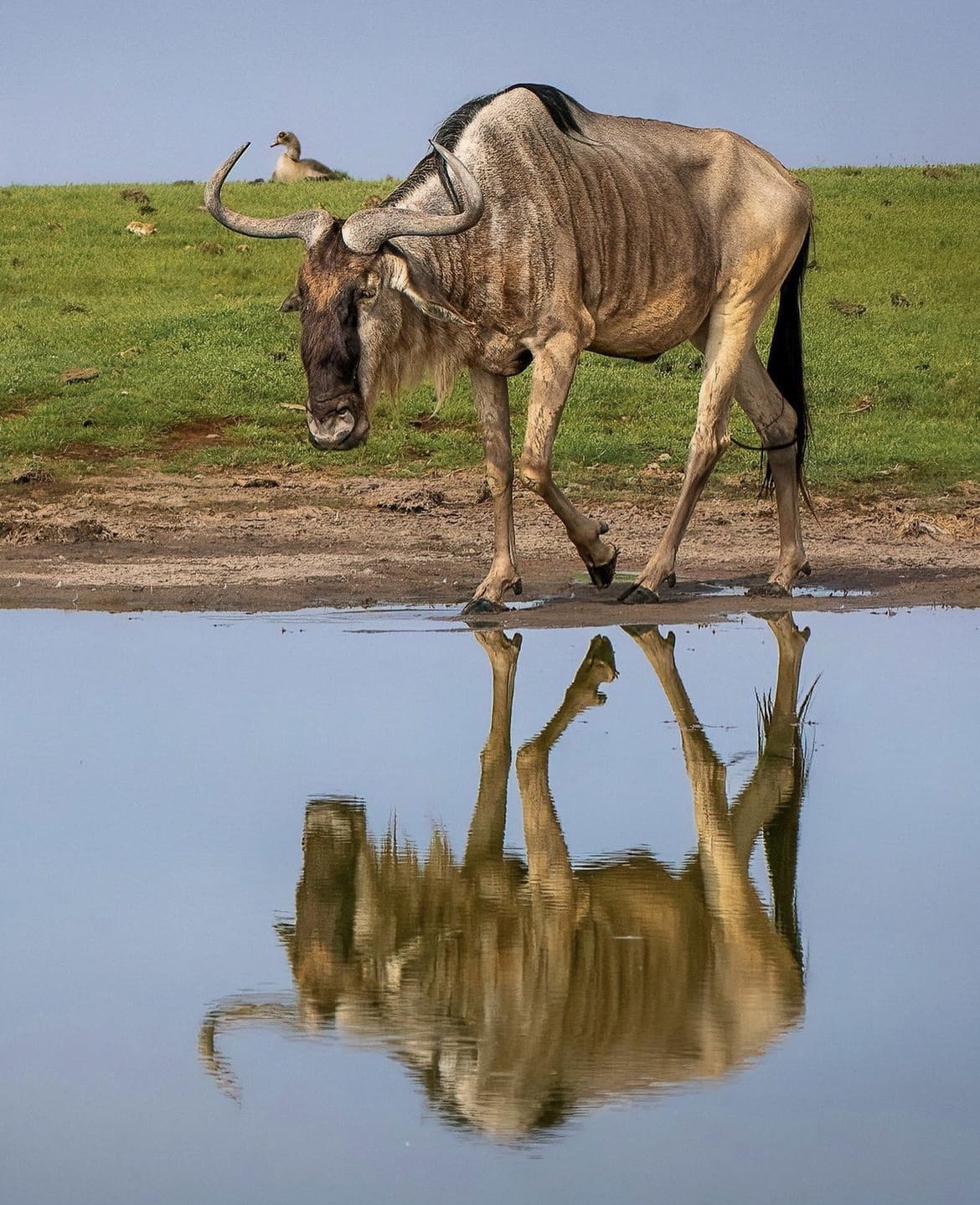
8. The Aquatic Waterbuck
These are the swimmers of the savannah, often found near water sources in sub-Saharan Africa. With their shaggy coats and distinctive white rings on their rumps, waterbucks are built for the wetlands. They use water as a defense mechanism, diving in to escape predators—a clever strategy in the survival handbook.
Waterbucks are a vital part of the ecosystem, grazing on the grasses near water bodies and maintaining the health of wetlands. Their presence signifies the health of their habitat, making them important indicators of environmental balance. Spotting a waterbuck on the banks of a river or lake, with its calm demeanor and sturdy build, is a peaceful reminder of nature’s serenity and complexity.

9. The Elusive Nyala
Diving deeper into the African bush, we encounter the Nyala, a species that blurs the lines between grace and mystique. The males, with their striking spiral horns and shaggy coats, look like they’ve stepped out of a mythical tale, while the females boast a more subtle beauty with their elegant stripes and spots.
Nyalas are the embodiment of the dense, shadowy forests they prefer, moving through the underbrush with a silent grace that’s almost ghostlike. Their selective feeding habits play a crucial role in the biodiversity of their habitats, making them key players in their ecosystems. Spotting a Nyala, especially at dawn or dusk when they’re most active, feels like being let in on a well-kept secret of the African wilderness.
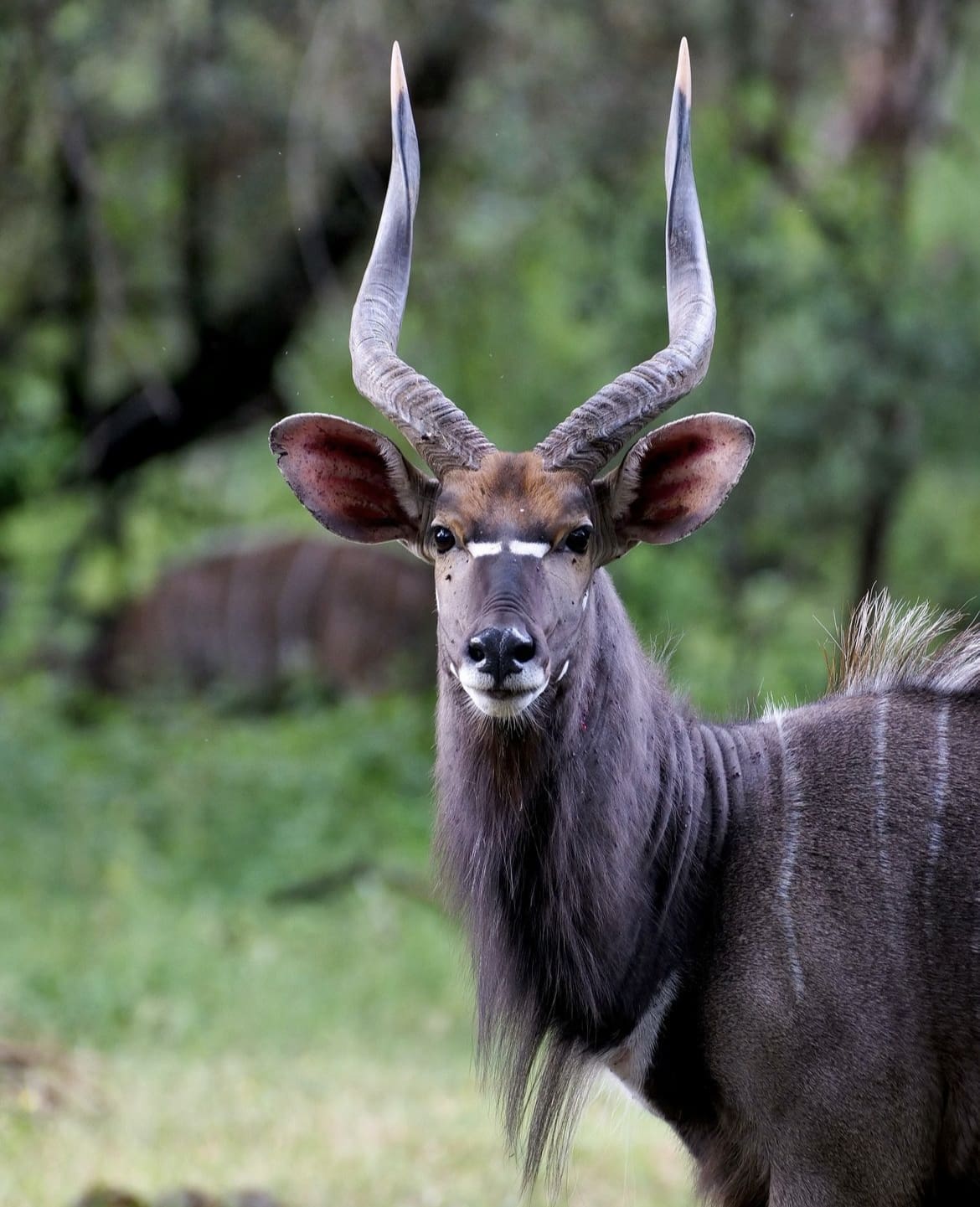
10. The Shy Bushbuck
The Bushbuck is Africa’s version of the garden gnome. These small, secretive antelopes have a knack for hiding, and spotting one amongst the foliage is a testament to patience and sharp eyes.
With their dappled coats and modest horns, bushbucks carry an air of understated elegance. They’re the embodiment of resilience, adapting to a range of habitats from rainforests to mountain slopes.
Despite their size, bushbucks are fierce when cornered, a reminder that in the wild, courage isn’t dictated by stature. Their solitary nature and preference for dense cover make every sighting a memorable encounter, a private viewing of one of nature’s more discreet beauties.

11. The Vibrant Bongo
Imagine the most flamboyant drumbeat translated into an antelope, and you get the Bongo. These are not your run-of-the-mill antelopes; with their striking reddish-brown coats, white stripes, and long, spiraled horns, bongos are the show-offs of the antelope world.
They inhabit the dense rainforests of Central and West Africa, a habitat that adds to their elusive nature. Bongos are significant for their role in forest ecosystems, aiding in seed dispersal and vegetation control.
Spotting a bongo is like finding a hidden gem, a colorful secret nestled in the heart of the forest. Their rarity and beauty make them a coveted sight for wildlife enthusiasts, symbolizing the untamed wonder of Africa’s dense forests.
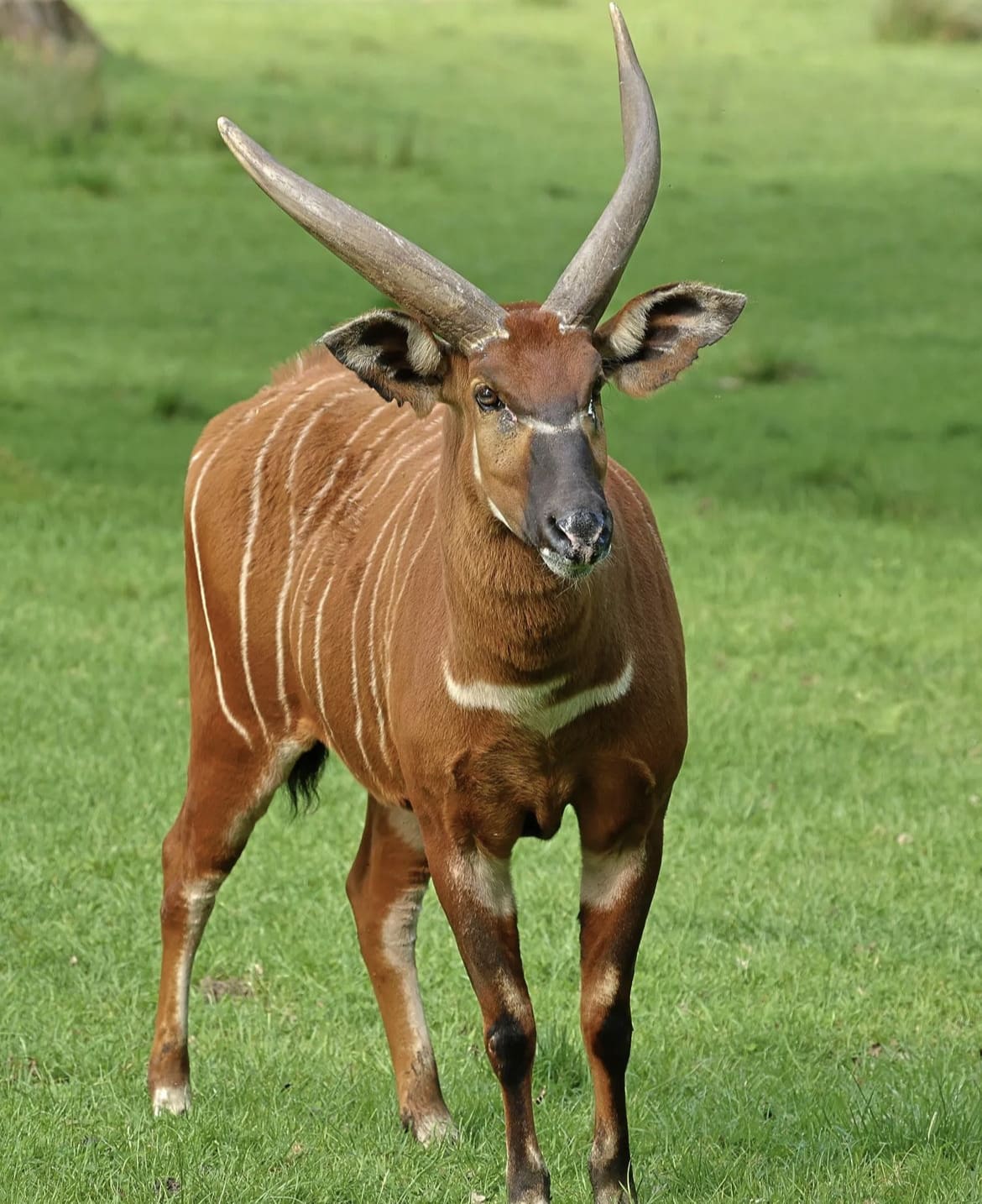
12. The Graceful Lechwe
Wading through the wetlands, we find the Lechwe, antelopes that have truly embraced the waterlogged life. With their elongated hooves and powerful hindquarters, lechwes are adapted to thrive in marshy areas, moving through water with ease that rivals any aquatic creature.
They gather in large herds, creating a stunning spectacle of coordinated movement through the floodplains. Lechwes are a testament to nature’s ability to specialize, evolving in a way that allows them to exploit a niche that few others can. Their presence is indicative of healthy wetland ecosystems, making them crucial for the maintenance of biodiversity in these habitats.
Watching a herd of lechwe bound through the water is to witness a ballet choreographed by evolution, a dance of survival and grace.
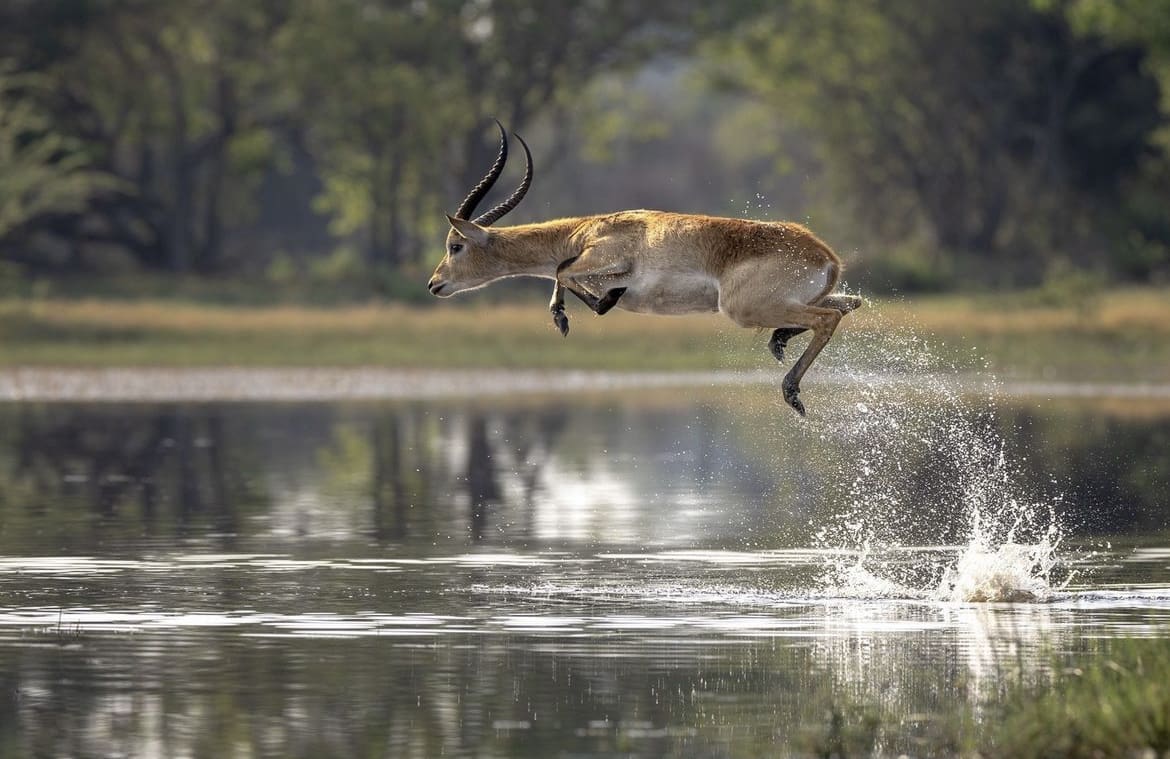
13. The Dynamic Topi (Tsessebe)
The Topi, often confused with the Hartebeest but with a zest all its own. Topis are the marathon runners of the antelope world, built for endurance with their sleek bodies and long legs. They possess a unique social structure, with territories marked and defended by males in a way that’s more reminiscent of medieval knights than modern wildlife.
Topis are known for their speed and agility, capable of outpacing predators in the open savannah. Their gatherings during migration are a spectacle of mass movement, a testament to the wild’s untamed energy.
Observing topis in their natural habitat, one can’t help but admire their adaptability and the sheer vitality that defines their existence.
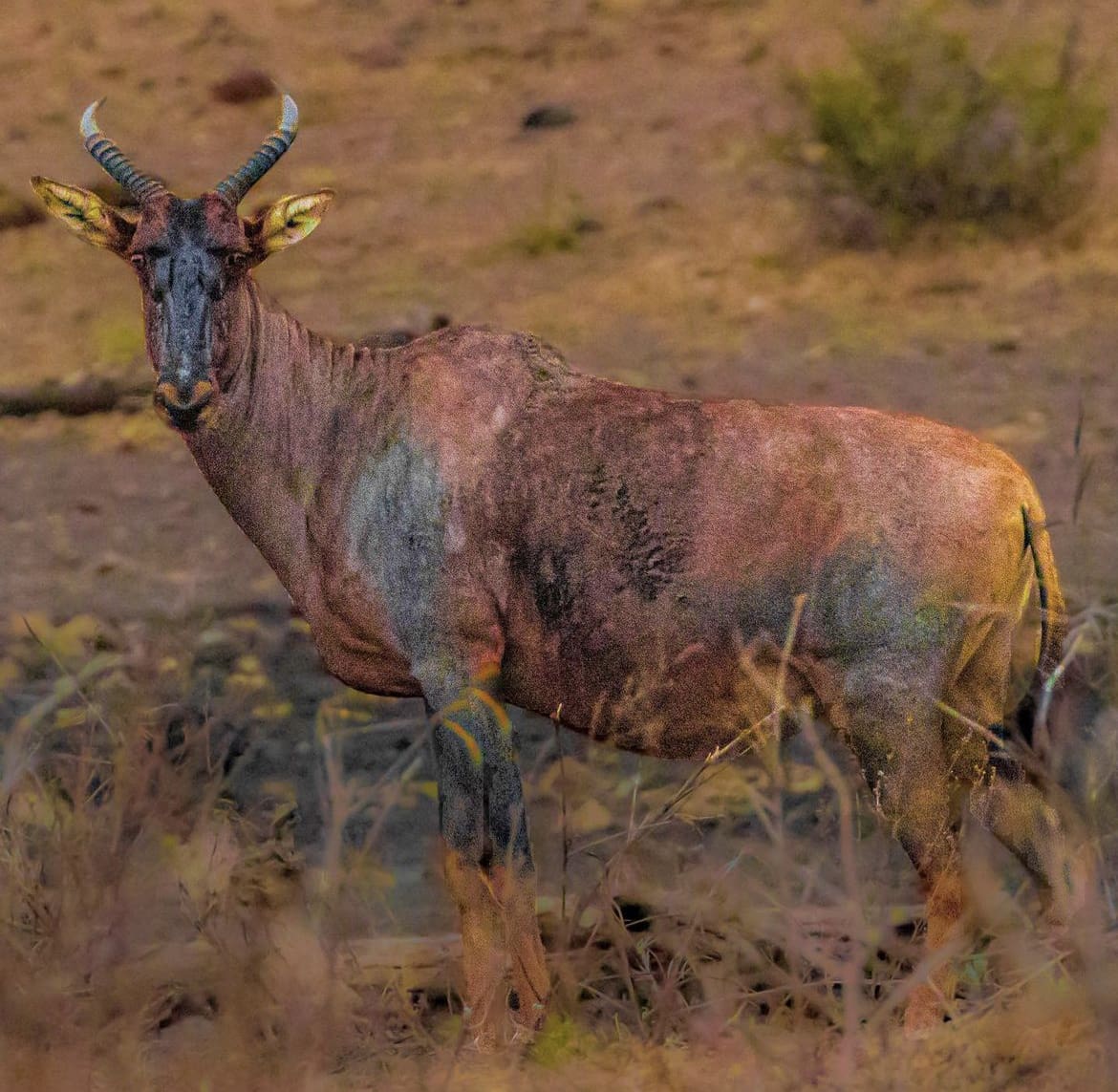
14. The Sturdy Roan Antelope
Venturing further into the grasslands, we encounter the Roan Antelope, a symbol of strength and endurance. With their striking face masks and long, pointed horns, roans exude a sense of nobility. They’re among the largest antelope species, with a robust build that suggests they’re not to be trifled with. Roan antelopes prefer savannah habitats where they graze on grasses, always near water sources.
They are known for their fierce protectiveness over their territory and herd, often seen standing guard with a watchful eye. Observing the social dynamics within a roan herd offers insight into the complex social structures of antelope species, showcasing the balance between strength and community.

15. The Slender Gerenuk
Also known as the ‘giraffe-necked’ antelope, for reasons that become immediately apparent upon first glance. With their incredibly long necks and legs, gerenuks have adapted a browsing lifestyle that allows them to reach foliage unavailable to other grazers. This unique adaptation gives them a rather alien, yet graceful appearance. Gerenuks stand on their hind legs to feed, a sight that’s as fascinating as it is bizarre.
They inhabit the semi-arid regions of East Africa, where their specialized diet allows them to thrive in harsh conditions. Watching a gerenuk in its natural habitat is like observing a piece of evolutionary art, a reminder of nature’s ingenuity.
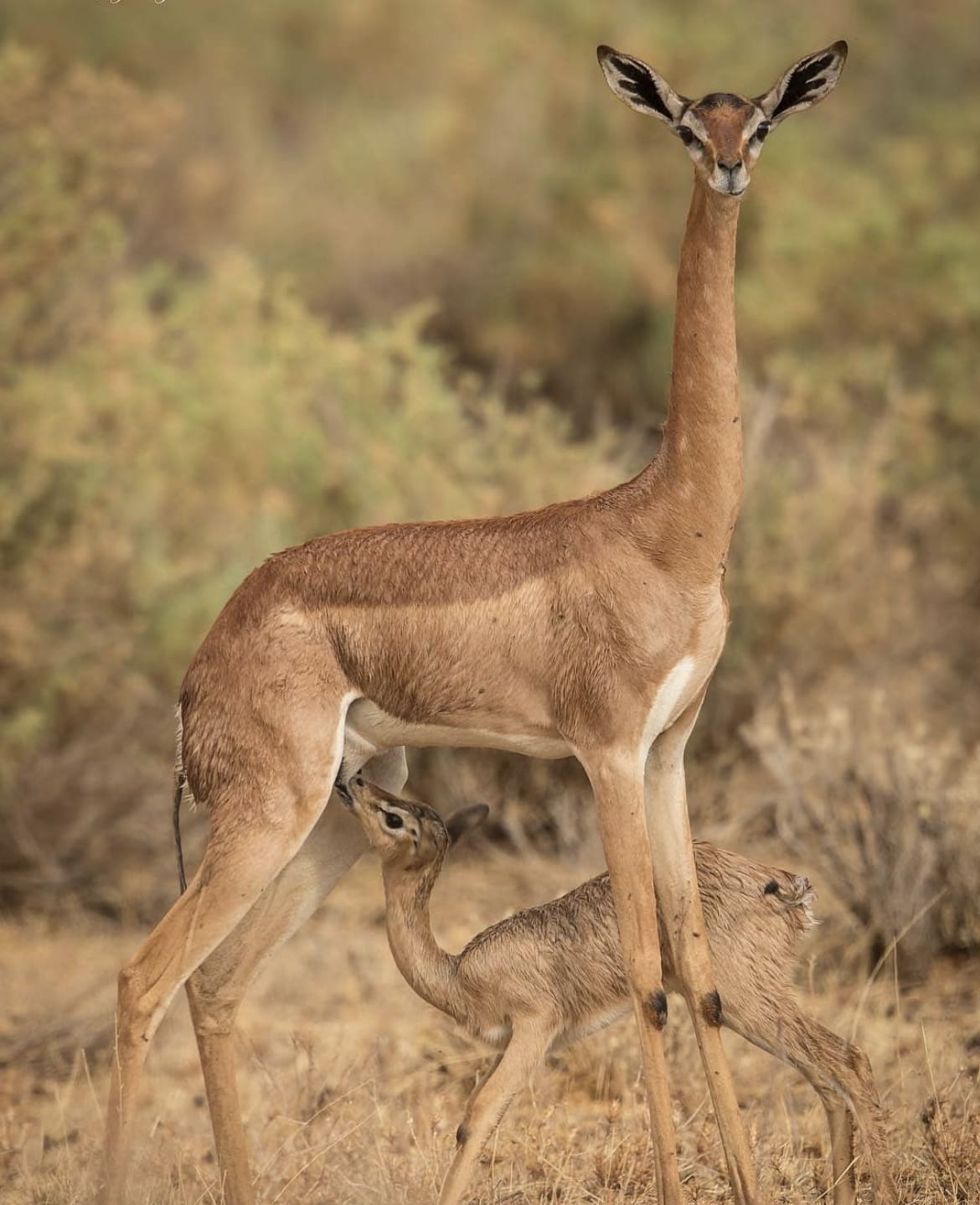
16. The Diminutive Dik-dik
In the realm of the cute and cuddly, the Dik-dik takes the crown. These tiny antelopes, standing no taller than a medium-sized dog, have mastered the art of camouflage and stealth. With their dainty features and swift movements, dik-diks are a testament to the saying, “good things come in small packages.”
They form lifelong pairs, a rare trait among antelopes, which adds an element of romance to their survival strategy. Dik-diks mark their territory with scent glands beneath their eyes, a reminder that in the wild, love is marked not by flowers but by the land itself. Spotting a dik-dik is a gentle reminder of the diversity and intricacy of life, a celebration of the small yet significant.

17. The Hardy Hartebeest
The Hartebeest, with its peculiar yet distinctive profile, is a testament to endurance. These antelopes have a somewhat angular appearance, with long faces and high shoulders, but don’t let their odd shape fool you.
Hartebeests are built for long-distance running, capable of maintaining high speeds to evade predators. They prefer the open grasslands where their speed and stamina are their best defences.
Hartebeests are social creatures, forming large herds that graze together, a communal life that underscores the importance of unity in survival. Observing these antelopes as they navigate the vast African savannah is to witness a piece of the continent’s soul, wild and free.
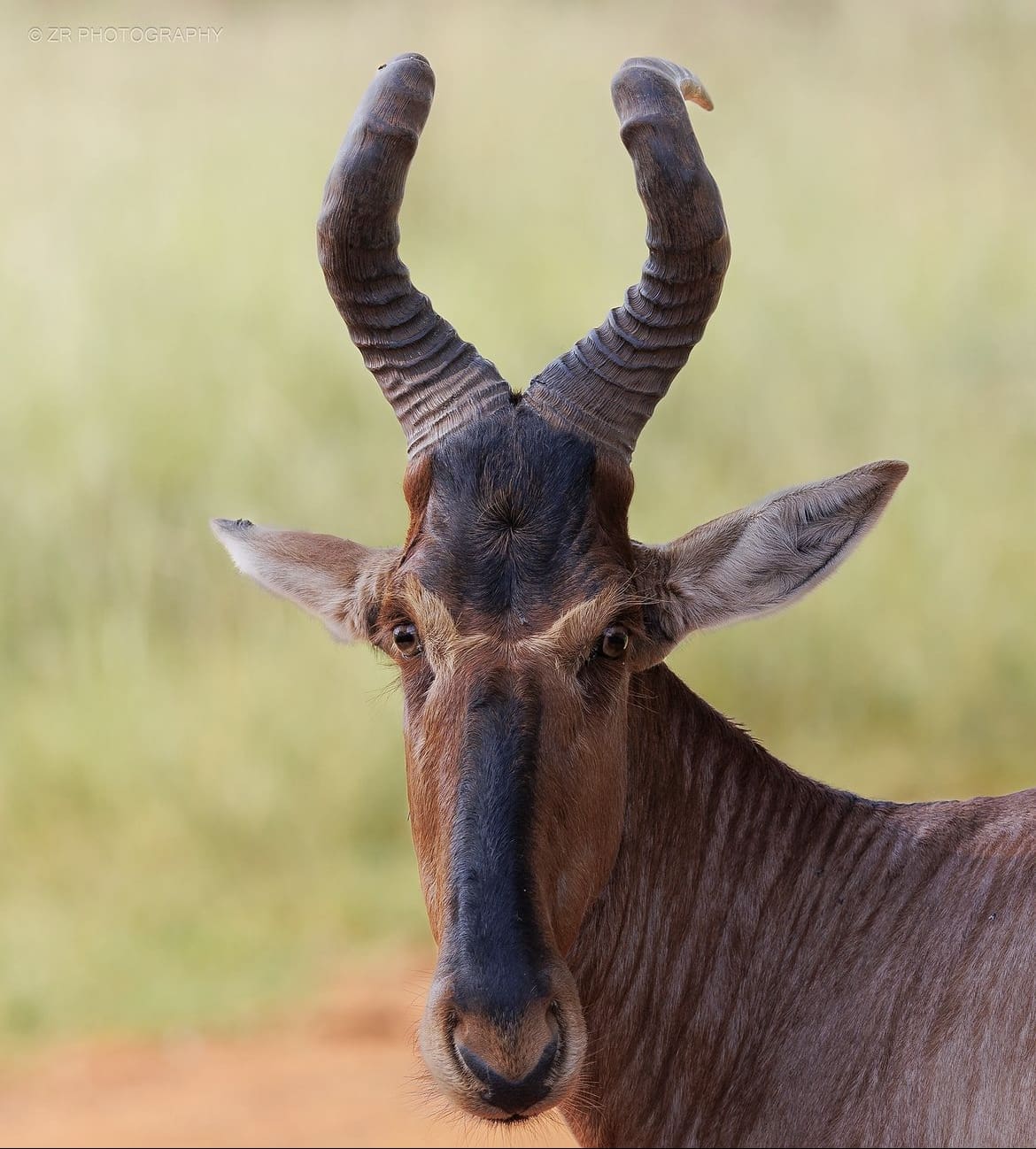
18. The Graceful Reedbuck
Wandering through the wetlands and floodplains, we find the Reedbuck, an antelope that combines elegance with resilience. Reedbucks have a more subdued appearance compared to their flashy cousins, but their charm lies in their serene demeanor.
With their soft, brown coats and gently curved horns, reedbucks move through their aquatic habitats with a calm assurance. They are adept swimmers, often taking to water to escape predators.
Their presence is a sign of healthy water systems, making them key indicators for conservation efforts. Watching a reedbuck graze peacefully by the water’s edge is a tranquil scene, a reminder of the quiet beauty that thrives in Africa’s wild spaces.

19. The Agile Oribi
The Oribi, a small yet spirited antelope, embodies the spirit of freedom that defines the African plains. With their slender build and expressive eyes, oribis are the epitome of grace and agility.
They inhabit open grasslands and savannahs, where their speed and nimbleness allow them to evade predators. Oribis live in small groups or pairs, showcasing a social structure that emphasizes the importance of close-knit connections for survival.
Their playful nature and boundless energy make every sighting a delight, a glimpse into the joyous essence of the wild.
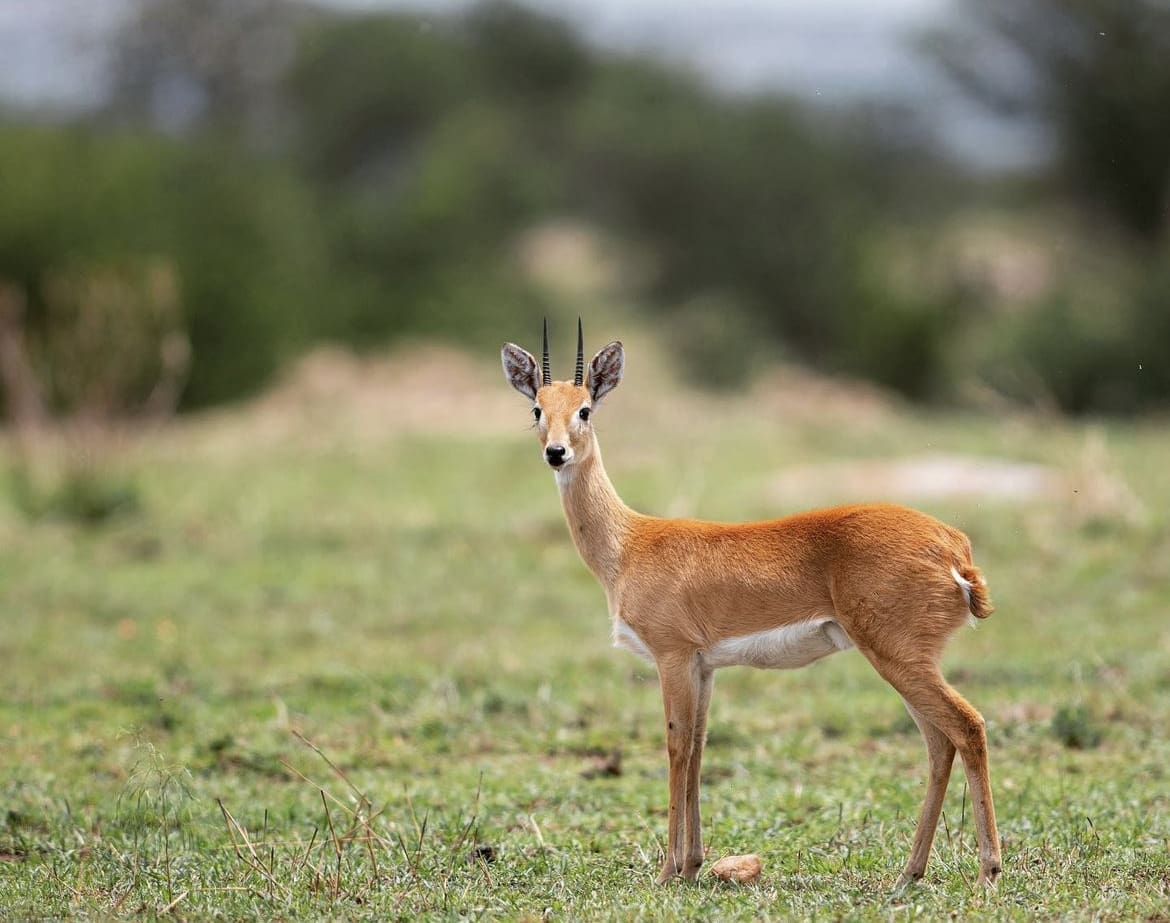
20. The Mountainous Klipspringer
Finally, we scale the rocky outcrops to meet the Klipspringer, the antelope that dances on the mountains. With their sturdy hooves and compact bodies, klipspringers are perfectly adapted to life in rugged terrain.
They move with a grace and precision that seems almost magical, each step carefully placed to navigate their vertical world. Klipspringers form monogamous pairs, a testament to their loyalty and the harsh environments they call home.
Seeing a klipspringer perched high upon a cliff, overlooking the vastness of Africa, is to witness the resilience and beauty of life at the edge.
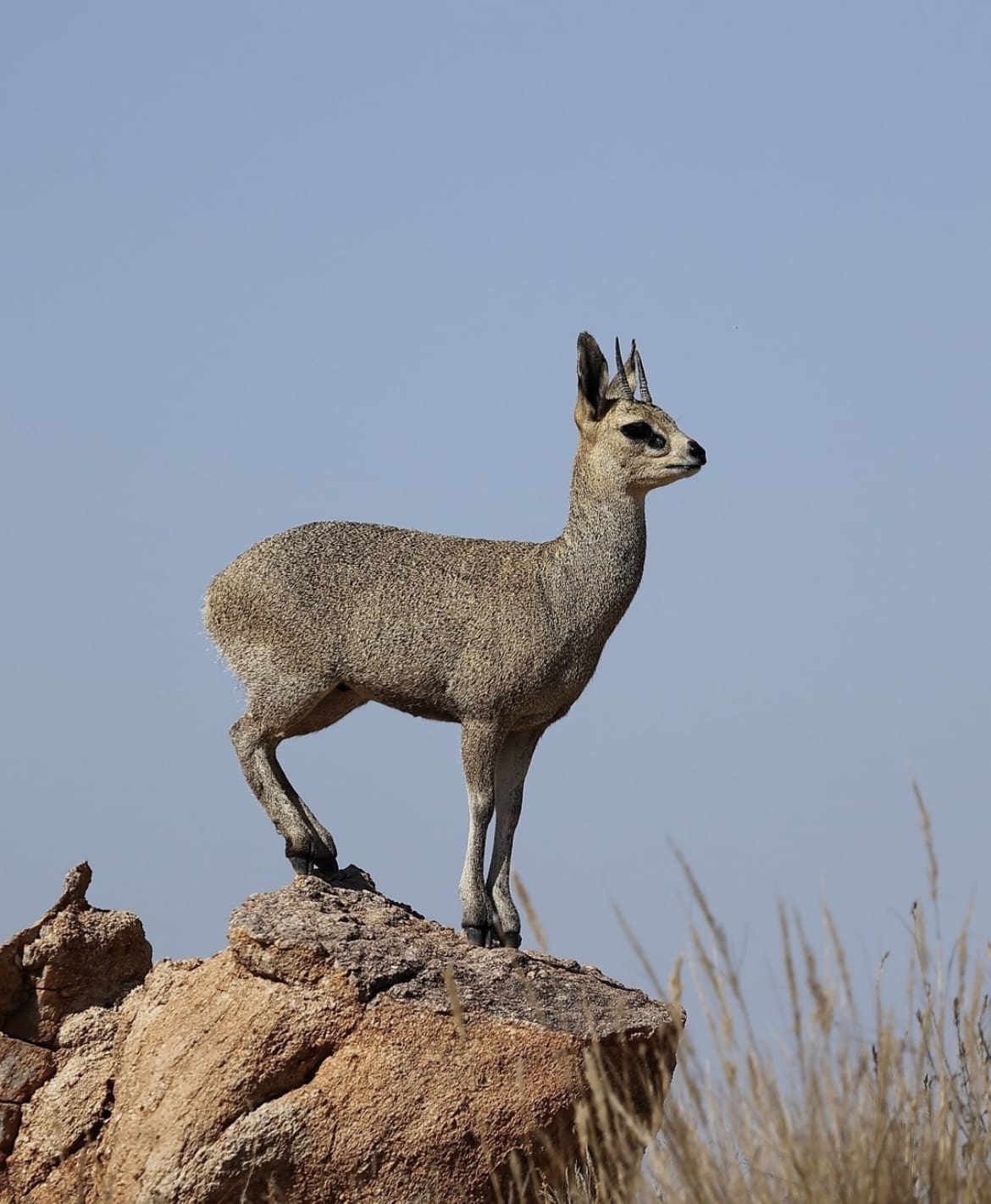
The Plight of Africa’s Antelopes: A Call for Conservation
As we’ve encountered each of these remarkable species, from the agile impalas to the mountainous klipspringers, it’s clear that Africa’s antelopes are as diverse as the continent itself. However, this incredible diversity comes with a note of urgency. Many of these species face threats from habitat loss, poaching, and climate change. The survival of these creatures and their habitats requires our attention and action.
Conservation efforts across Africa are making strides in protecting these species, but they cannot succeed without global support. Protected areas, wildlife reserves, and national parks are sanctuaries not only for antelopes but for the myriad of species that make up the African ecosystem. By supporting these initiatives, we contribute to a future where antelopes continue to roam freely across the continent’s vast landscapes.
Eco-Tourism: A Path to Coexistence
One of the most powerful tools in the conservation arsenal is eco-tourism. By choosing to engage with wildlife in a responsible and sustainable manner, tourists can have a positive impact on the regions they visit. Eco-tourism provides vital funding for conservation projects and offers economic alternatives to local communities, reducing the incentive for poaching and habitat destruction.
When we visit these majestic creatures in their natural habitats, let’s do so with respect and mindfulness. Following guidelines, maintaining a safe distance, and choosing eco-friendly tour operators are just a few ways we can ensure our encounters with wildlife are beneficial for all involved.
